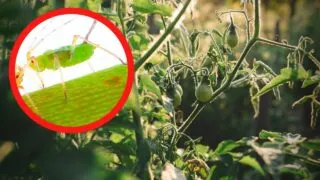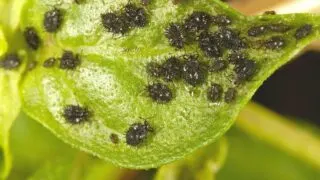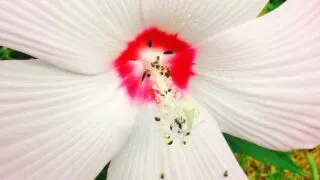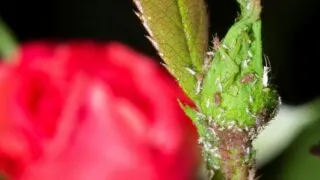Aphids are undoubtedly, the most widespread tomato pests. These tiny sap-sucking insects can be hard to spot and often go unnoticed, especially green Aphids, which can camouflage themselves on the foliage and remain inconspicuous in clear sight. Encountering Aphids feeding on your tomato plants is not a rare occurrence, and you should not be worried …
Plant Pests
Have you noticed the fresh spring growth not being able to grow as vigorously as usual on one of your plants? Do you notice mottled, yellow, or curled new leaves? Are your Roses mysteriously not blooming? Chances are, your plants are under attack. A Black Aphid attack! Black Aphids are a commonplace plant pest, and …
Early spring is a welcome change. Gardens burst into life. Hardy hibiscus comes out of dormancy, puts on new growth, and gardeners get excited for the season ahead. Spring is also the season that aphids catch onto all those nutrient-rich plants. Some can see some overwintered eggs hatch from the soil, get their nasty antennae …
Crepe myrtle trees are prolific bloomers putting out vibrant and fragrant blooms in late spring, summer, and fall. For that to happen, it needs at least six hours of full sun. Even in a bright location where it gets its light needs met, the honeydew of aphids blocks it. Given the size that the canopy …
Aphids are an annoyance of every gardener. No matter what you do to fend them off, they always find a plant to feed on. They are ferocious hunters, fast at devouring plants, and even faster at breeding. When a population soars to too high a level, they will be the reason for wilting roses, leaves …





